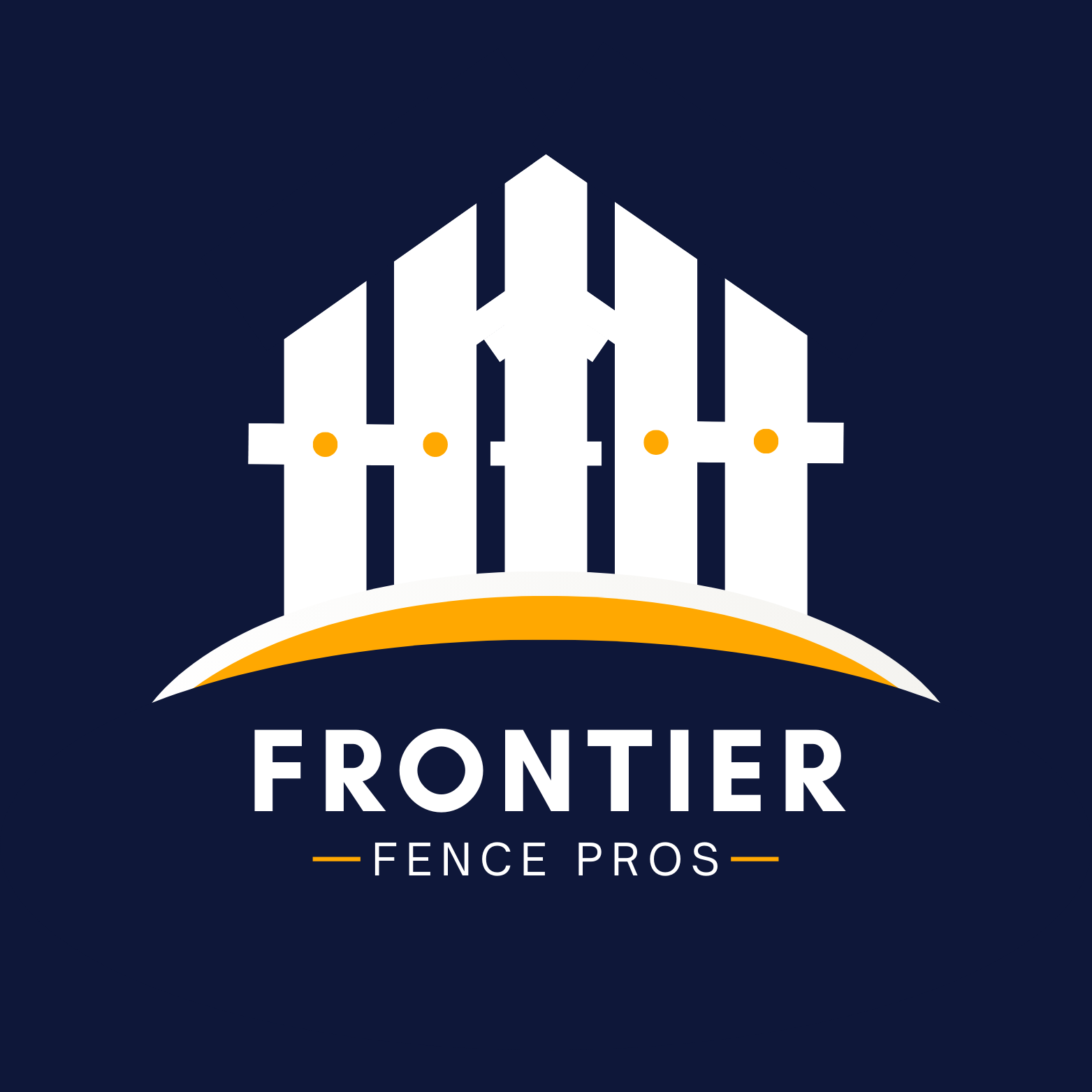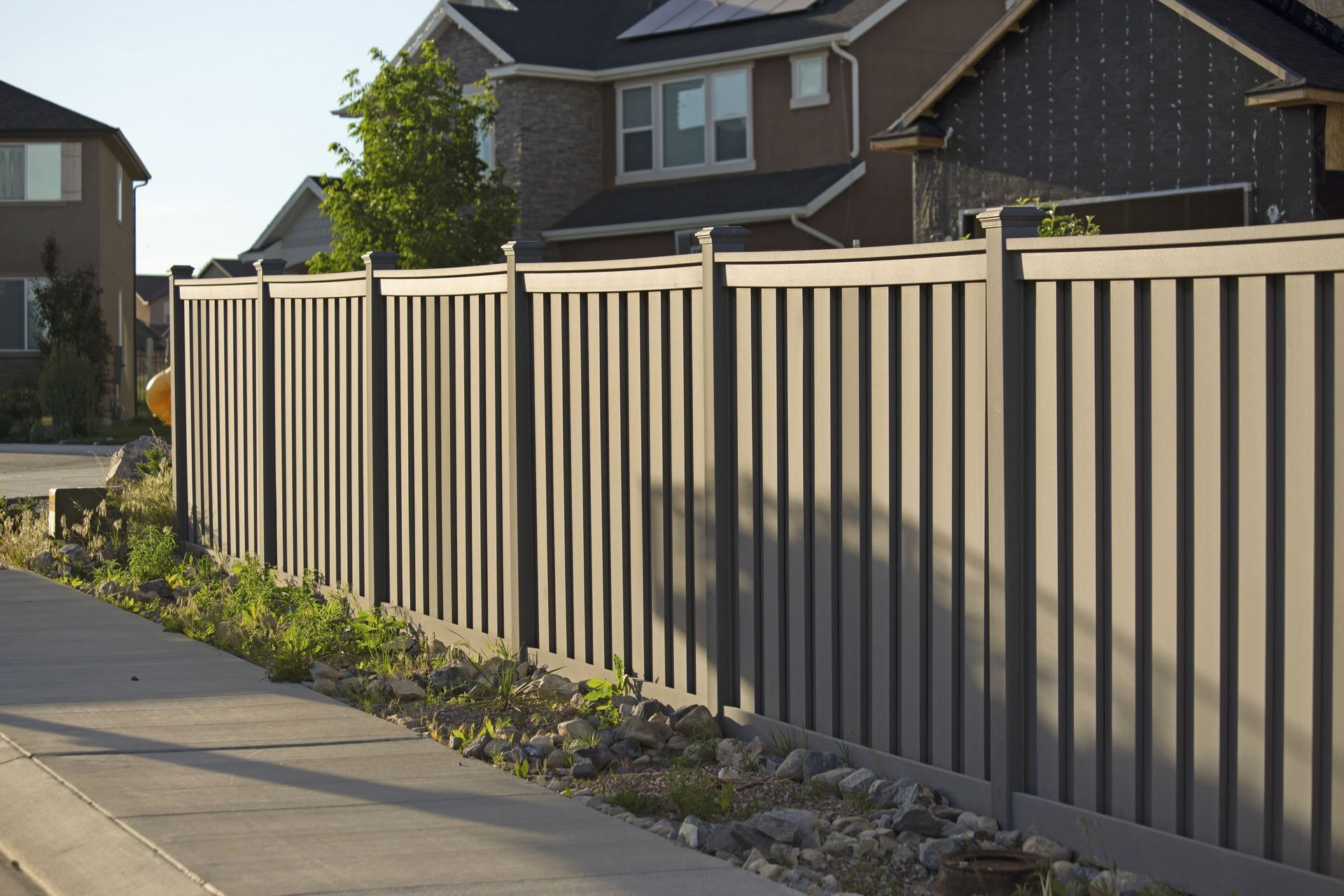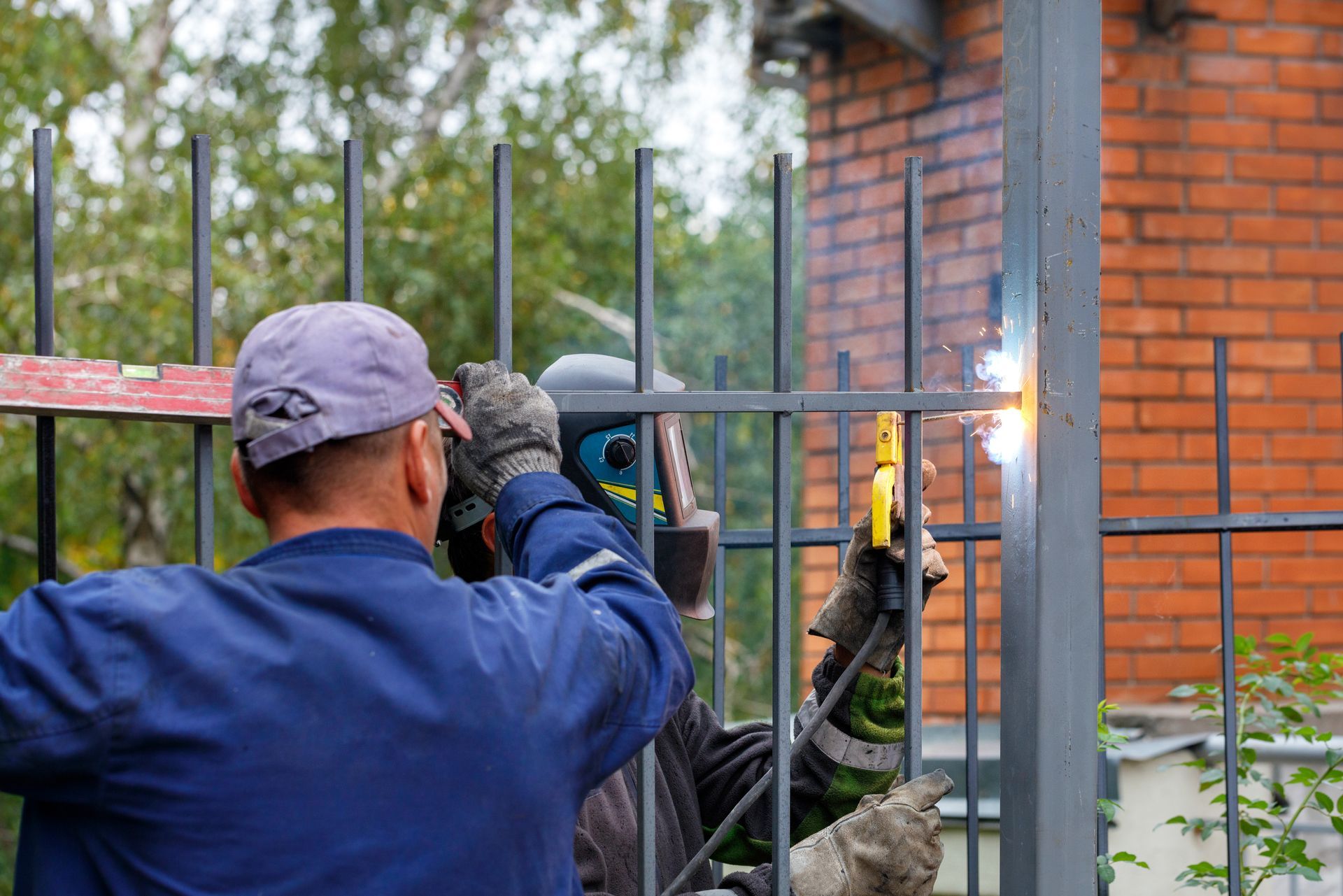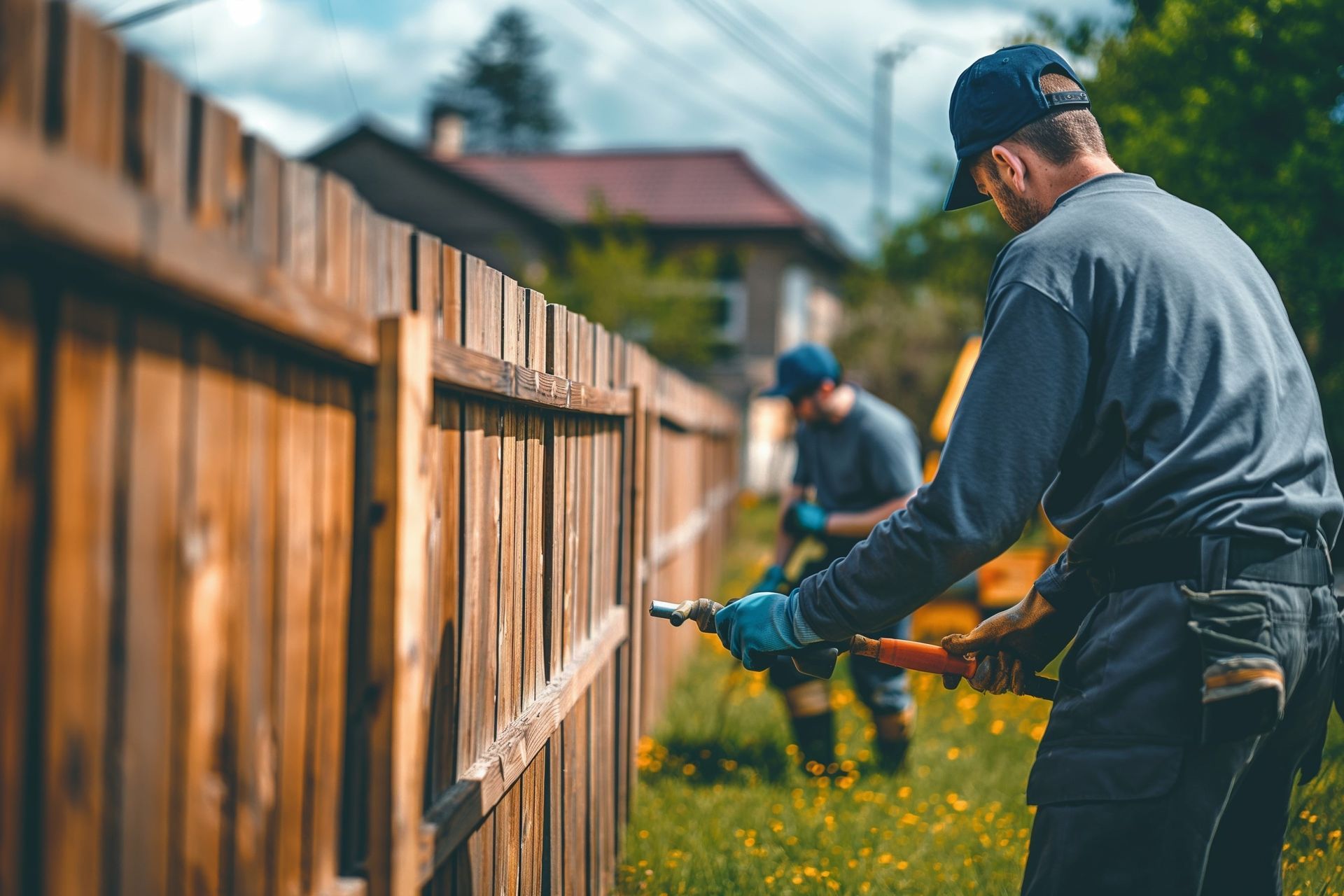Frontier Fence Pros Blog
Fence Installation Costs in Anchorage & the Mat-Su Valley: 2025 Pricing Guide
Thinking about installing a new fence in Anchorage, Wasilla, Palmer, Eagle River, or anywhere in the Mat-Su Valley? Understanding what goes into the cost in 2025 can help you plan your budget and avoid surprises. This guide breaks down average pricing, materials, labor, and key local considerations for Alaska homeowners.
Average Fence Installation Costs in Anchorage
Cost Per Linear Foot
On average, homeowners in Anchorage, Wasilla, Palmer, and Eagle River can expect to pay between $25 and $50 per linear foot for fence installation in 2025. The final cost per foot depends on several factors, including the type of fencing material (such as wood, vinyl, chain link, or aluminum), the terrain and soil conditions, and whether the installation requires removal of old fencing or special features like gates or privacy slats. For example, a basic chain link fence might cost closer to $25/foot, while high-end vinyl or cedar fencing can approach $50/foot or more.
Typical Price Range for a Full Fence
For a standard residential yard—typically between 100 and 150 linear feet—the total cost to install a new fence usually falls between $2,500 and $7,500. This applies to most homes in Anchorage, Wasilla, Palmer, and Eagle River. Smaller properties with flat ground and a simple fence design will land on the lower end of that spectrum, while larger yards, sloped terrain, and premium materials will increase the overall price. Homeowners should also consider any additional costs like permits, custom gates, or post-hole reinforcement for Alaska’s frost-prone ground.
Factors That Influence Fence Costs
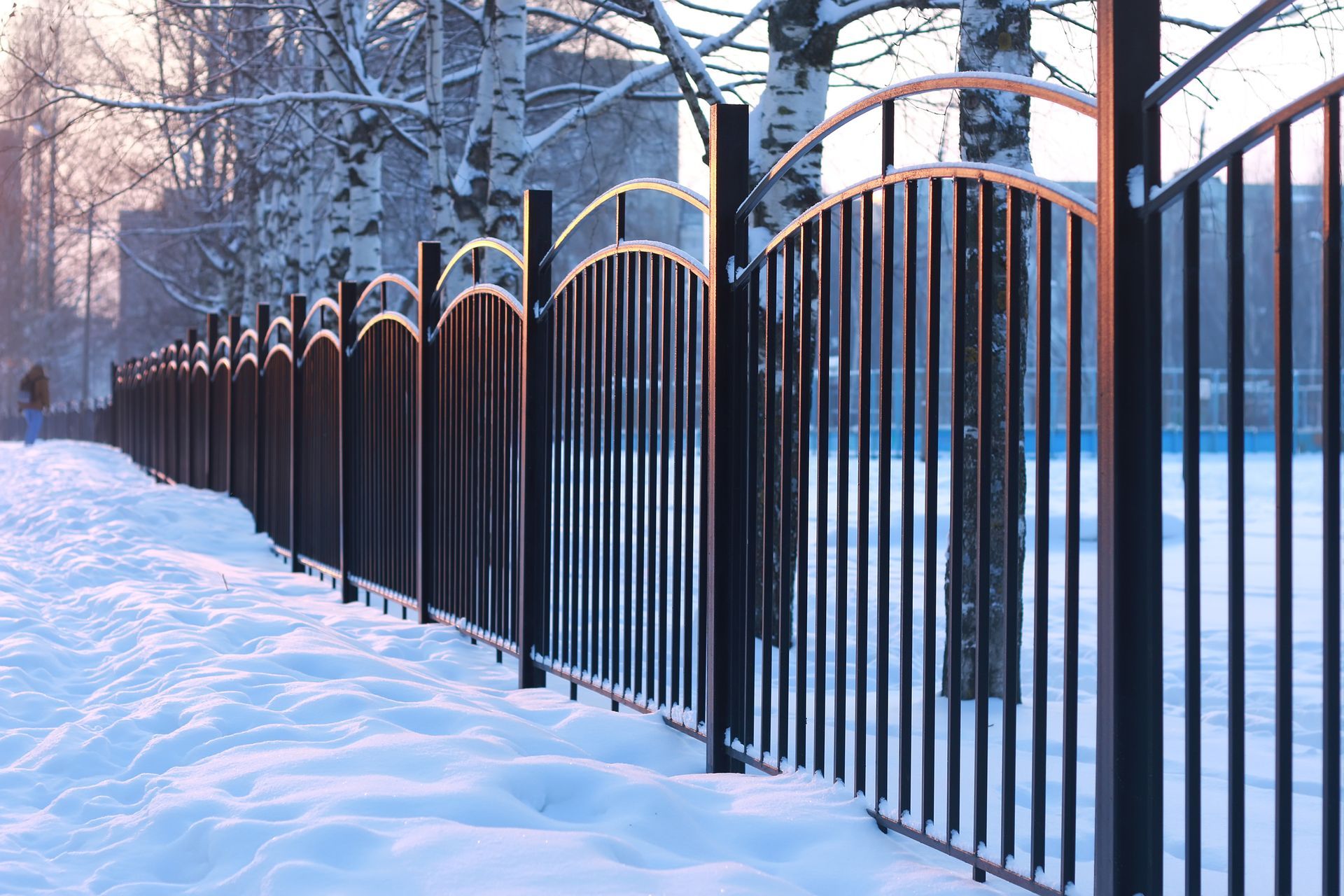
Material Type
The type of material you choose has the biggest impact on your fence installation cost. Wood fences—especially cedar or redwood—offer natural beauty but can be more expensive due to ongoing maintenance needs. Vinyl fencing is low-maintenance and long-lasting but comes at a higher upfront cost. Chain link is one of the most affordable options, though it offers less privacy. Aluminum fencing is durable and stylish but can cost more per linear foot. Composite fences, made from a blend of wood fibers and recycled plastic, are growing in popularity for their resilience and low upkeep—but they tend to be the most expensive. Each material varies in terms of installation complexity, longevity, and maintenance, all of which affect your overall investment whether you live in Anchorage or out in Palmer.
Fence Height and Style
The height of your fence and any customizations will also influence the price. A standard 4-foot fence will cost significantly less than a 6- or 8-foot fence, which requires more materials and structural support. Customizations like decorative tops, latticework, board-on-board styles, or privacy panels can drive up both material and labor costs. In Anchorage, Wasilla, and Eagle River, taller fences are also more common to provide privacy from close neighbors or protection from wildlife—making style an important cost factor.
Site Conditions and Terrain
Alaska’s rugged environment plays a major role in installation pricing. Frozen ground, permafrost, boulders, and uneven grading make digging and post setting more difficult and time-consuming. Contractors often need specialized equipment or deeper post holes to ensure long-term stability in Anchorage’s freeze-thaw cycles. If your property in Palmer, Wasilla, or the hillside areas of Anchorage is on a slope or has tree roots and obstructions, expect higher labor charges due to the additional effort required.
Permits and Local Regulations
In Anchorage, Wasilla, Palmer, and Eagle River, local building codes and zoning laws can affect both the design and cost of your fence. Certain neighborhoods or subdivisions may have height restrictions, setback requirements, or homeowner association (HOA) rules that impact your project. Additionally, the city may require a fence permit, which adds to your total cost and can lengthen the project timeline. It’s important to work with a contractor familiar with Mat-Su Valley and Anchorage regulations to avoid delays or fines.
Cost Breakdown by Fence Type
Wood Fencing
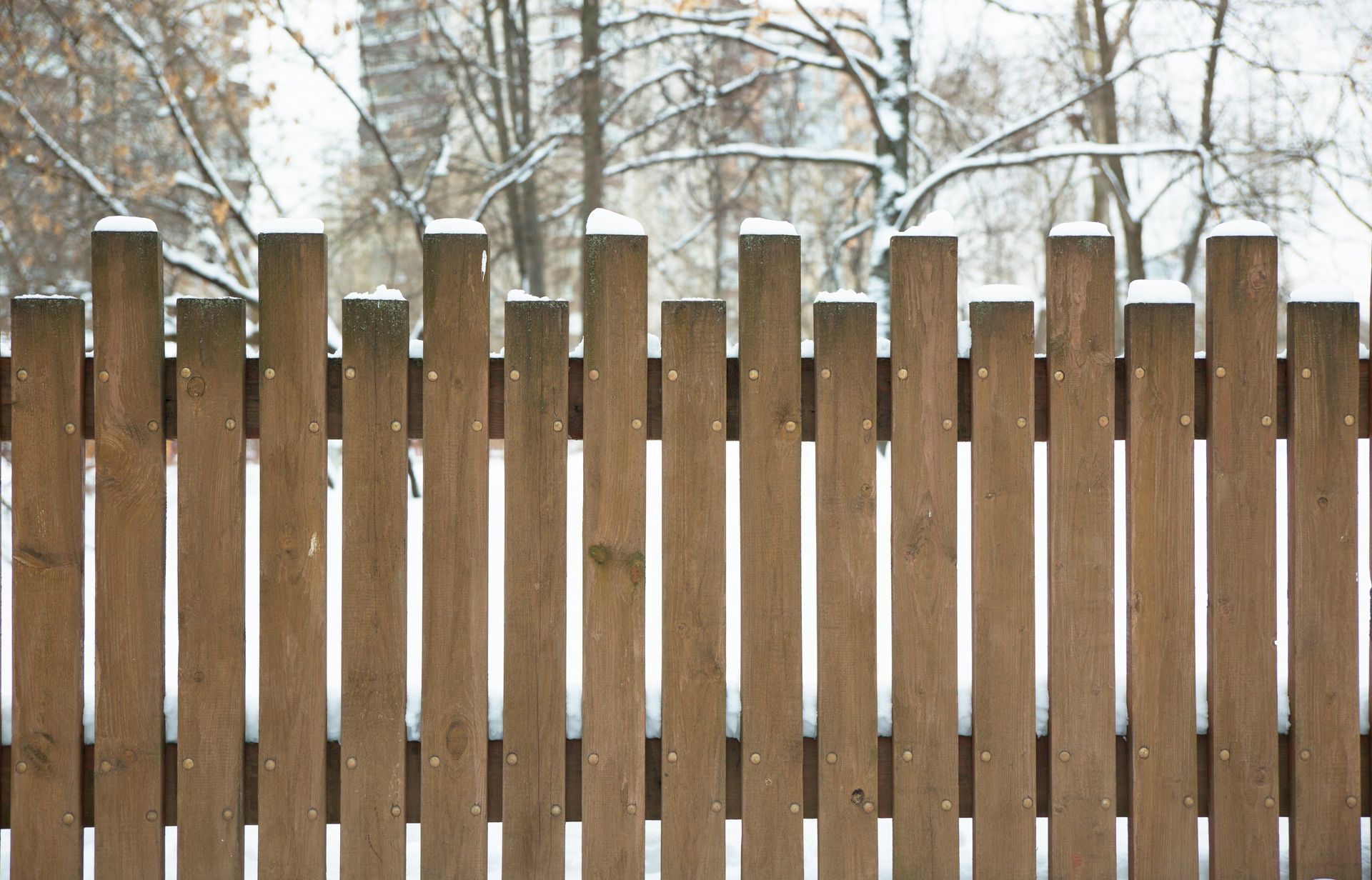
Wood continues to be a favorite among Alaska homeowners for its classic, natural appearance and ability to blend into the surrounding landscape. Common options include cedar, redwood, and pressure-treated pine. In 2025, prices range from $30 to $45 per linear foot, depending on the wood species and fence design. While wood fencing is relatively affordable upfront, it does require regular maintenance like staining, sealing, or painting to protect it from moisture and temperature extremes. This is especially important in areas like Wasilla or Palmer, where snow and ice can be heavy during the winter.
Vinyl Fencing
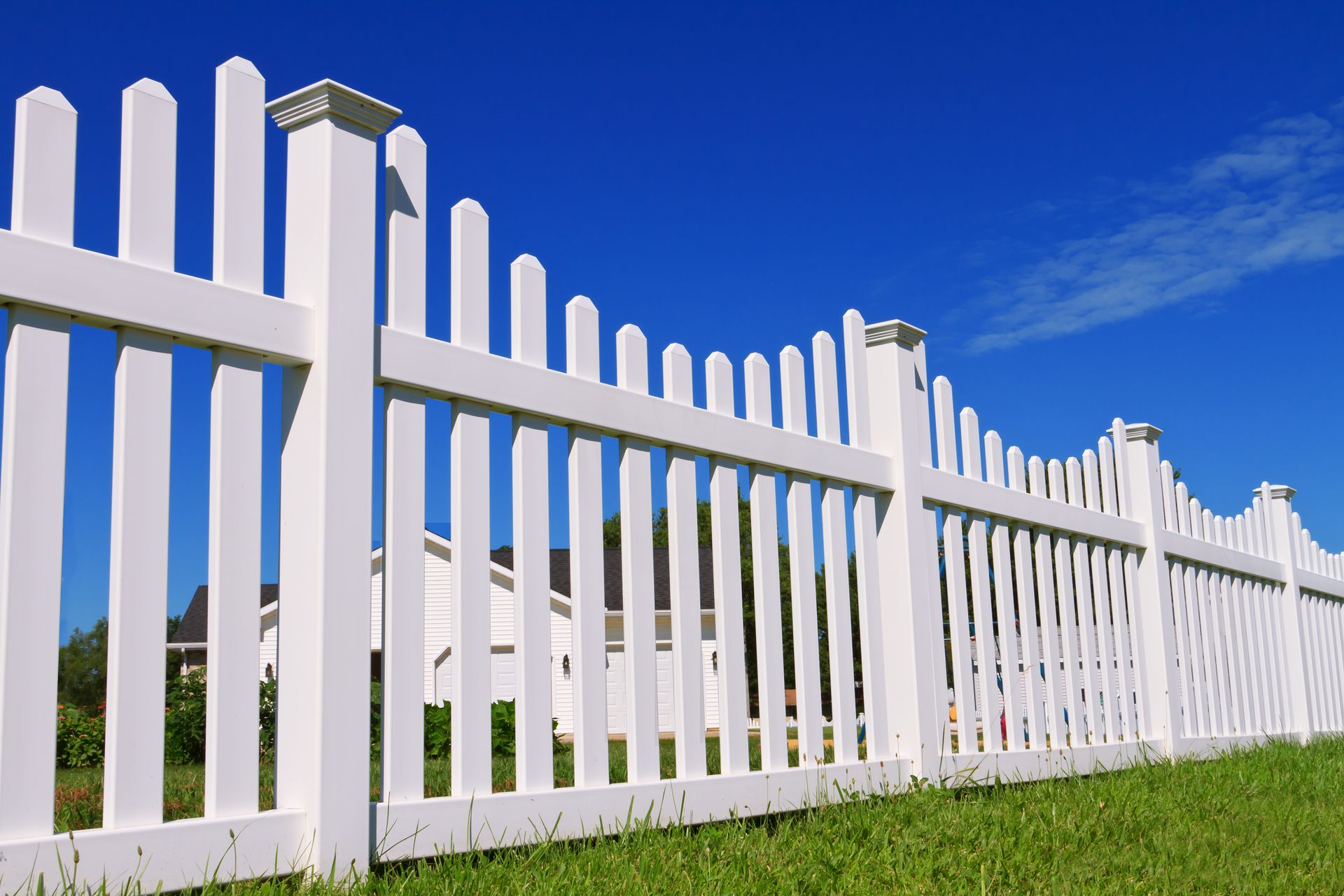
Vinyl fencing is valued for being low-maintenance, weather-resistant, and long-lasting. It won’t rot, warp, or fade easily, making it a great option for homeowners in Eagle River or Anchorage who want a “set it and forget it” solution. In 2025, vinyl fencing costs approximately $35 to $55 per foot. While the upfront cost is higher than wood or chain link, the lack of maintenance and longer lifespan often make vinyl a better long-term value. Styles range from basic panels to textured wood-look designs for added curb appeal.
Chain Link Fencing
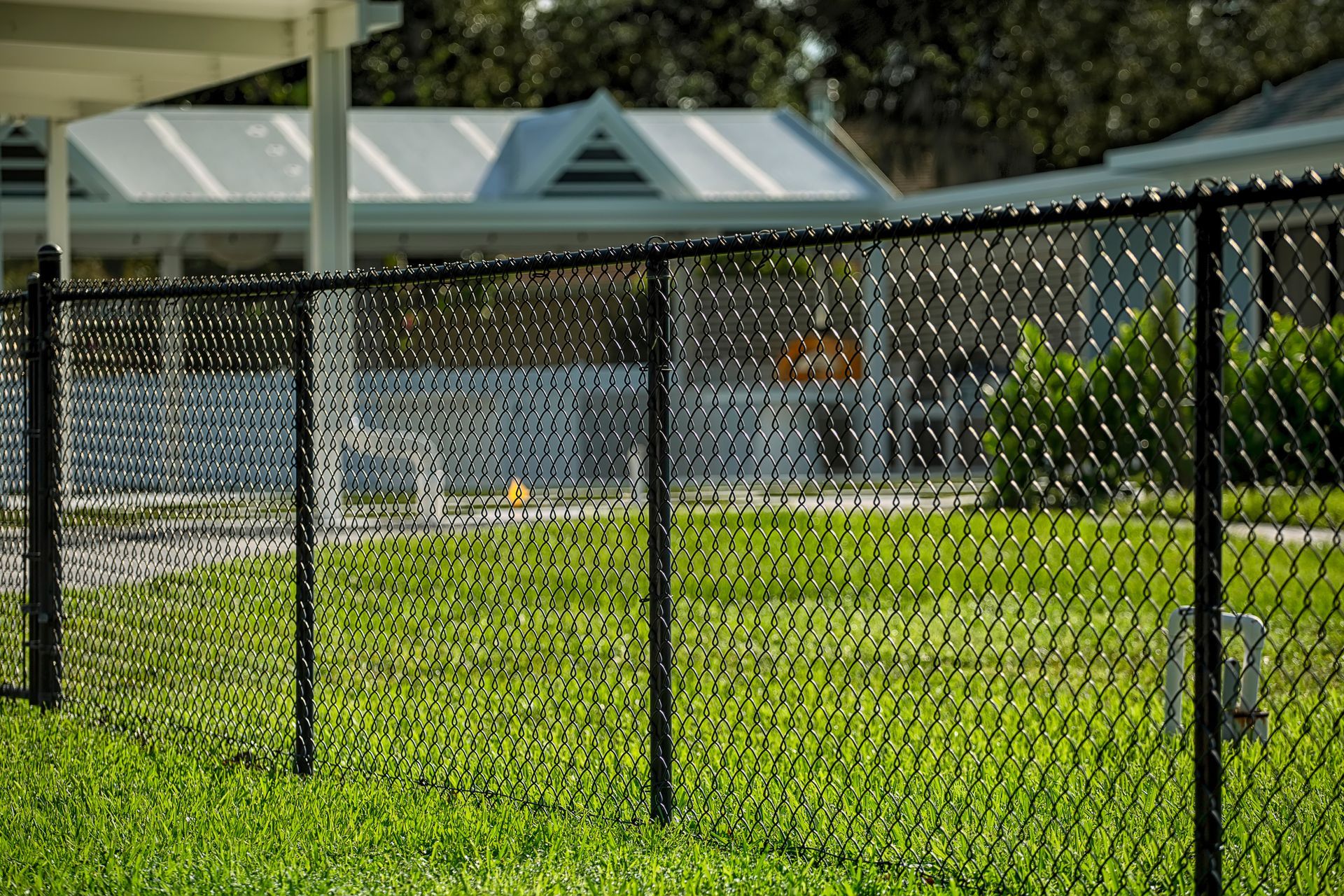
As one of the most cost-effective fencing options, chain link remains a go-to for many Alaska properties—especially for utility areas, pet enclosures, or large perimeters. Expect to pay $20 to $35 per linear foot in 2025. To improve aesthetics and privacy, vinyl-coated finishes and privacy slats are popular upgrades, adding $5 to $10 more per foot. It’s functional and sturdy but offers less privacy and visual warmth compared to other materials. Chain link is especially common in rural Mat-Su Valley areas for large acreages.
Aluminum or Metal Fencing
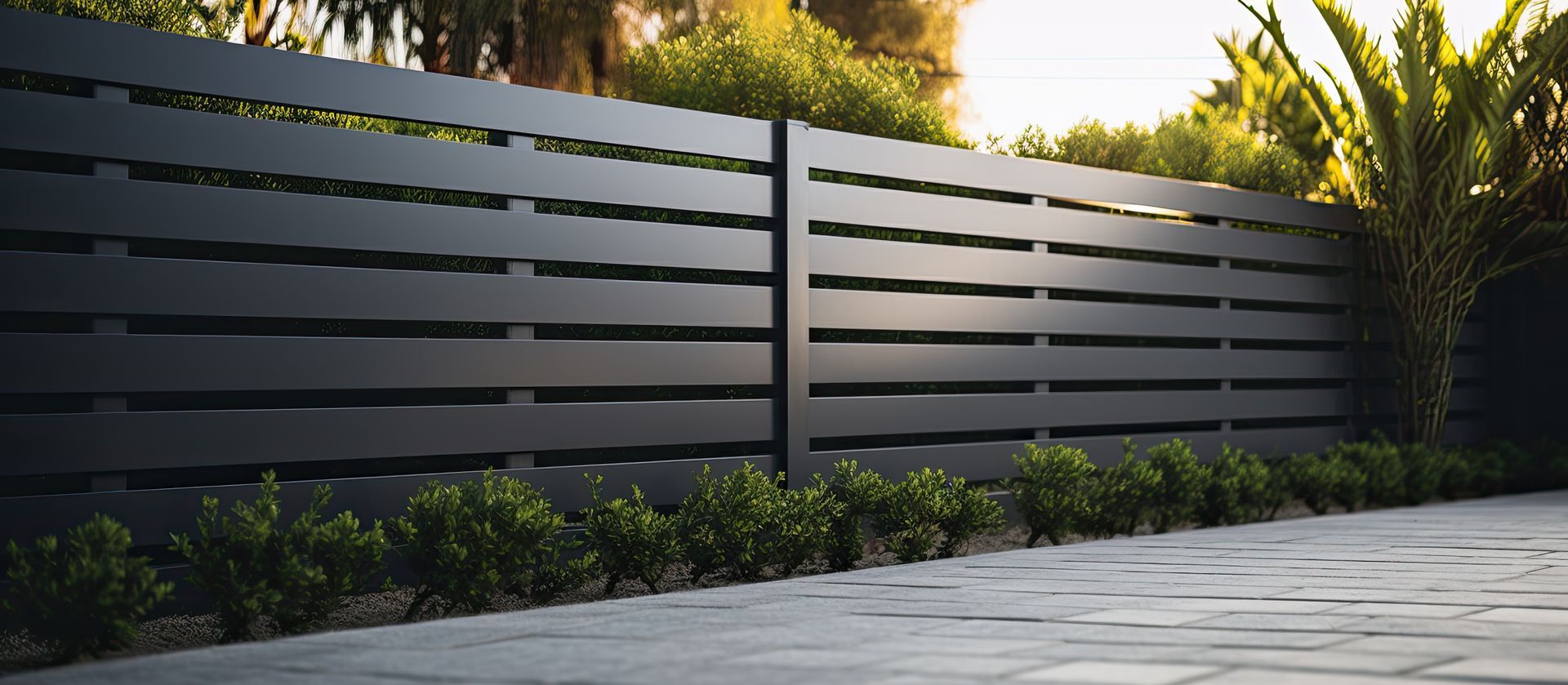
Metal fencing, including aluminum and ornamental steel, offers a sleek and sophisticated look with excellent durability. Aluminum in particular is rust-resistant and lightweight, making it a smart option for Anchorage’s fluctuating weather. Prices typically range from $40 to $60 per foot, with decorative options like scrollwork, spear tops, or powder-coated finishes adding to the cost. It’s ideal for front yards, garden enclosures, or properties where aesthetics matter without compromising strength.
Composite Fencing
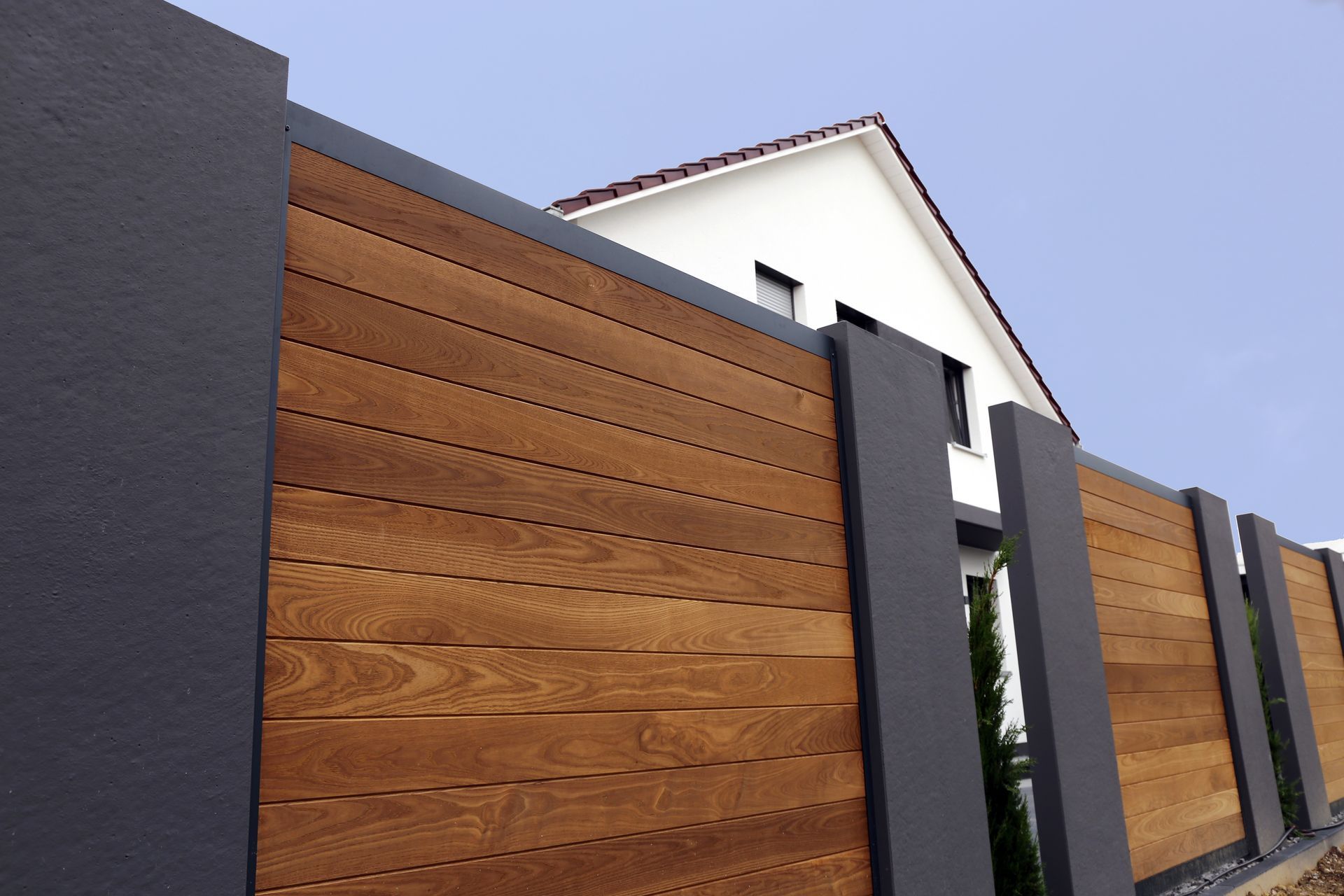
Composite fencing combines the appearance of wood with the longevity and resilience of recycled plastic. It’s resistant to rot, warping, and insect damage—perfect for enduring Alaska’s freeze-thaw cycles. Expect to pay $45 to $70 per linear foot, making it one of the most premium options available in 2025. While more expensive upfront, composite fencing requires virtually no maintenance and offers exceptional durability, making it a smart investment for homeowners looking for beauty and performance.
DIY vs. Professional Installation
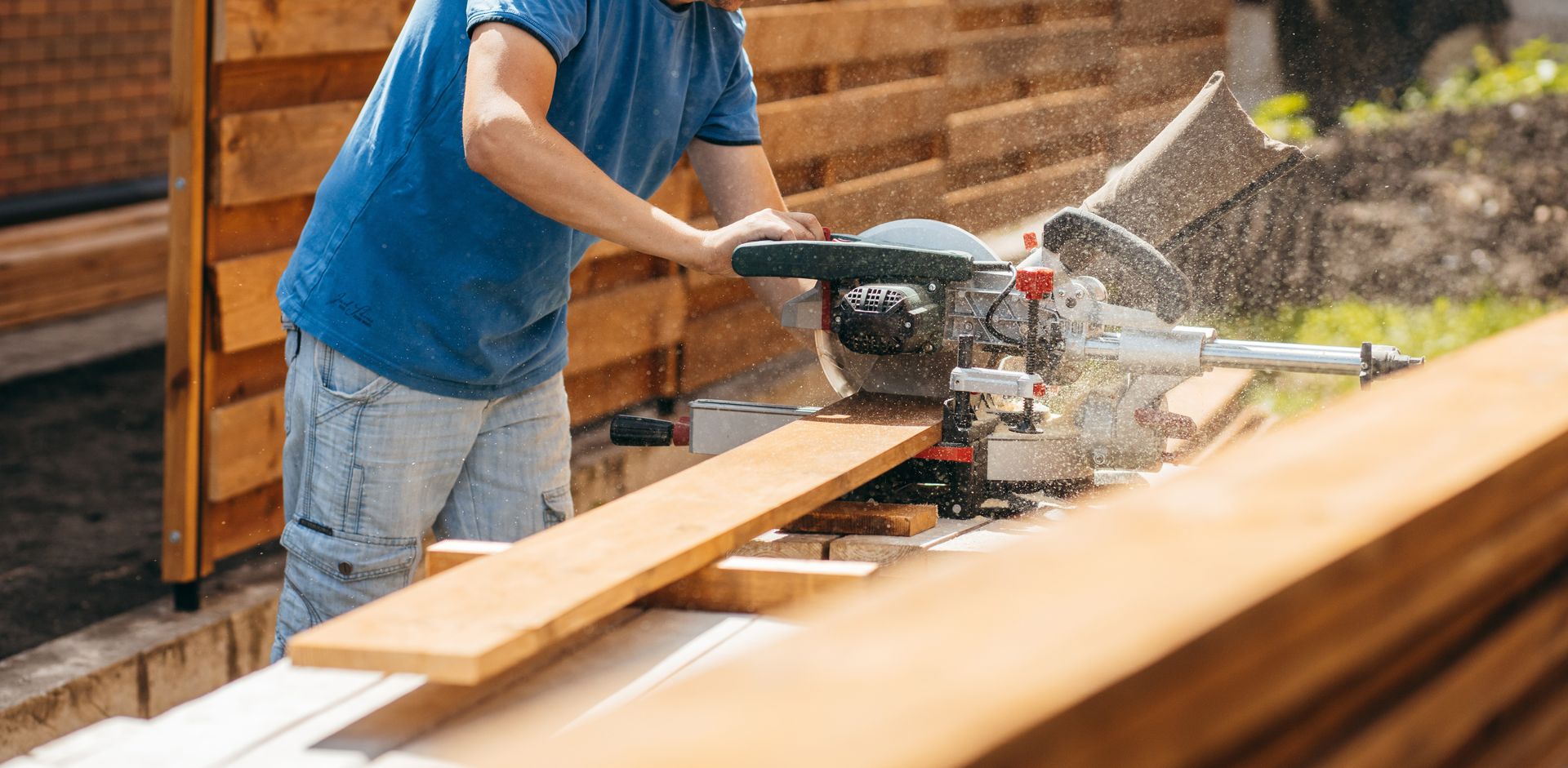
Choosing between DIY fence installation and hiring a professional contractor is a major decision that impacts cost, quality, and long-term performance. While a DIY approach might seem appealing to save on labor costs, it’s important to consider the trade-offs—especially in Anchorage, Wasilla, and Palmer, where harsh weather and frozen ground add extra challenges.
DIY installation can potentially reduce upfront expenses, particularly if you have construction experience, the right tools, and a relatively flat, obstacle-free yard. However, mistakes in post placement, leveling, or material handling can lead to costly repairs or a shorter fence lifespan. DIYers also need to navigate local permitting requirements, utility marking, and property line verification, which can be time-consuming and confusing without prior experience.
On the other hand, professional fence contractors bring the expertise, equipment, and local knowledge needed to ensure a durable, code-compliant installation that holds up against Alaska’s freeze-thaw cycles, shifting soil, and snow loads. Pros can handle difficult terrain, advise on the best materials for the climate, and often complete the job faster and with a warranty.
For many Anchorage homeowners, the peace of mind and lasting value of professional installation outweigh the savings of DIY. It’s not just about putting up a fence—it’s about building one that stands strong for years to come.
How to Get an Accurate Fence Estimate in Anchorage
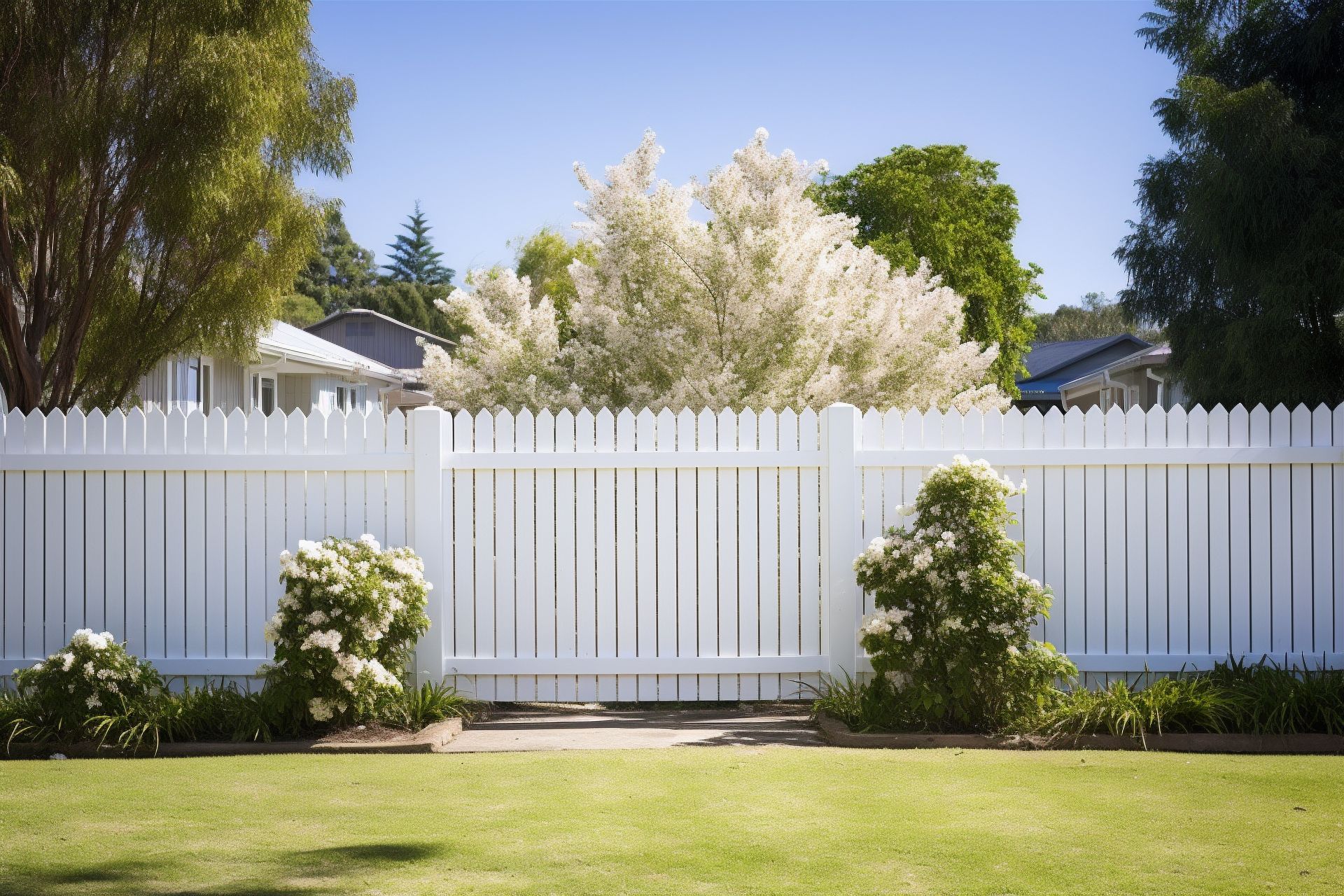
• Measure Your Property
Start by measuring the perimeter of the area you want to enclose. Use a measuring wheel or tape to get the total linear footage, and note any changes in elevation, slopes, or obstacles (like trees, driveways, or existing structures). These details help contractors provide more accurate estimates. In Anchorage, where properties can vary in size and terrain, having precise measurements is especially important for budgeting and planning.
• Choose Materials and Style
Next, decide on the
type of fencing material and the
style that best suits your needs—whether that’s a classic wood privacy fence, low-maintenance vinyl, budget-friendly chain link, or decorative metal. Also consider features like
gates, post caps, lattice tops, or privacy slats, which can affect the cost. Different materials perform differently in Alaska’s climate, so think about
durability, appearance, and maintenance requirements when making your selection.
• Consider Access, Permits, and Timing
Evaluate how easy it is to access your property for installation—tight spaces, sloped yards, or obstructions can increase labor costs. Additionally, check with the Municipality of Anchorage or your local HOA for permit requirements, zoning laws, or height restrictions. Rules vary between Anchorage, Eagle River, & Wasilla. These factors can impact the final cost and timeline. It’s also smart to plan your project during the warmer months, as frozen ground in winter can delay work or require special equipment—raising costs.
• Request Multiple Quotes from Local Pros
Evaluate how easy it is to access your property for installation—tight spaces, sloped yards, or obstructions can increase labor costs. Additionally, check with the Municipality of Anchorage or your local HOA for permit requirements, zoning laws, or height restrictions. These factors can impact the final cost and timeline. It’s also smart to plan your project during the warmer months, as frozen ground in winter can delay work or require special equipment—raising costs.
Final Thoughts: Planning for Your 2025 Fence Project
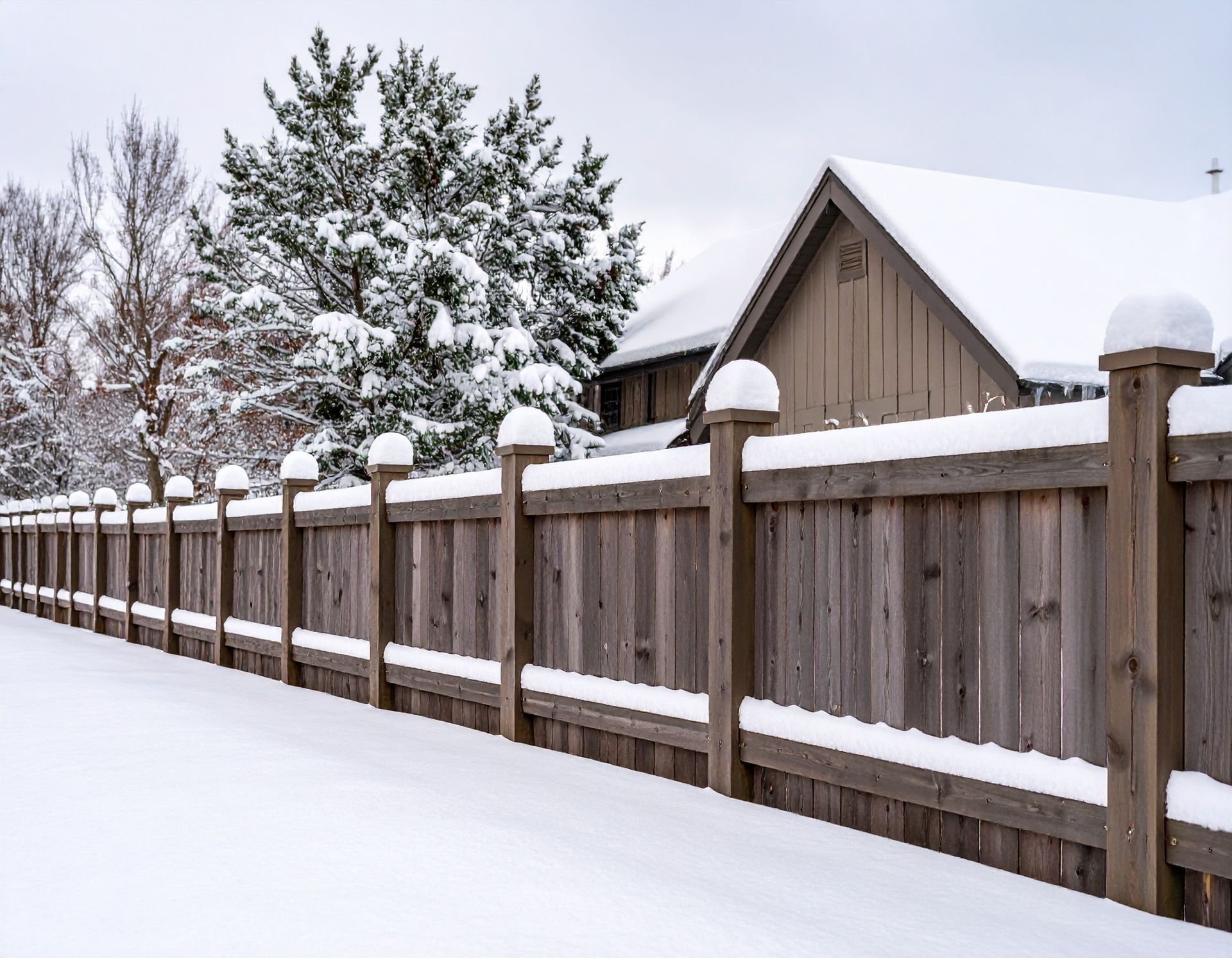
Installing a new fence in Anchorage, Wasilla, palmer, or Eagle River is more than just a weekend project—it’s an investment in your property’s value, security, and curb appeal. In Anchorage’s challenging climate, success starts with careful planning and local expertise. From choosing the right materials for cold-weather durability to accounting for terrain, permits, and seasonal timing, understanding what to expect can help you avoid surprises and make smart decisions.
By taking the time to measure accurately, research material options, and compare quotes from trusted local contractors, you’ll be in a strong position to get the best value for your budget. Whether you're fencing in a backyard for privacy, protecting pets, or boosting home value, the right fence can offer long-term benefits—especially when built to withstand Alaska’s snow, frost, and shifting soil.
If you’re planning a fencing project for 2025, now is the perfect time to start gathering estimates and scheduling consultations. With rising material costs and a limited warm-weather installation window, early planning ensures your project stays on time—and on budget. A well-built fence doesn’t just mark a boundary—it’s a lasting improvement that can enhance both your property and peace of mind.
Get a Free Estimate from Frontier Fence Pros
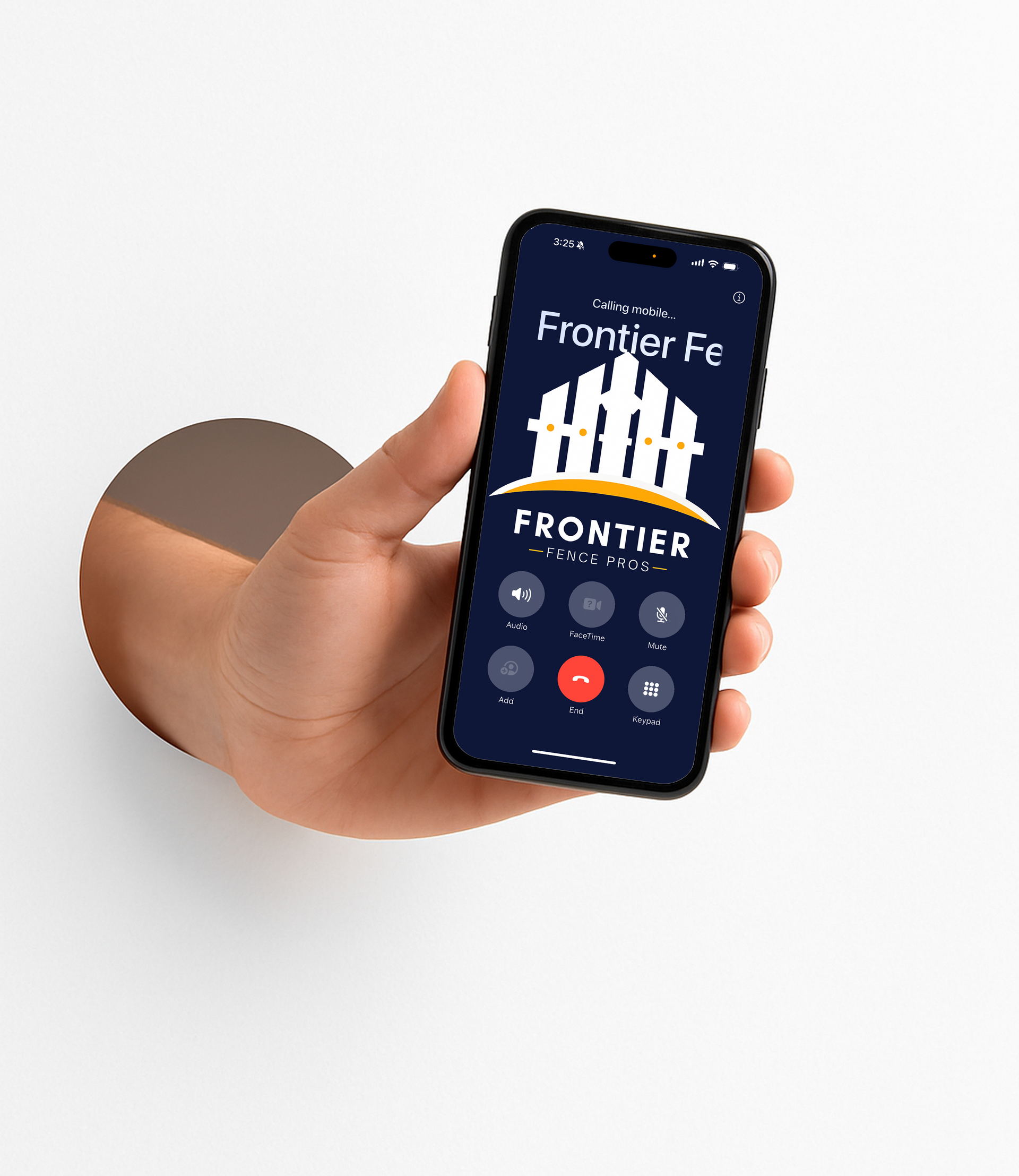
Ready to explore your fencing options? Contact Frontier Fence Pros for a no-obligation estimate and expert guidance on your 2025 project.
